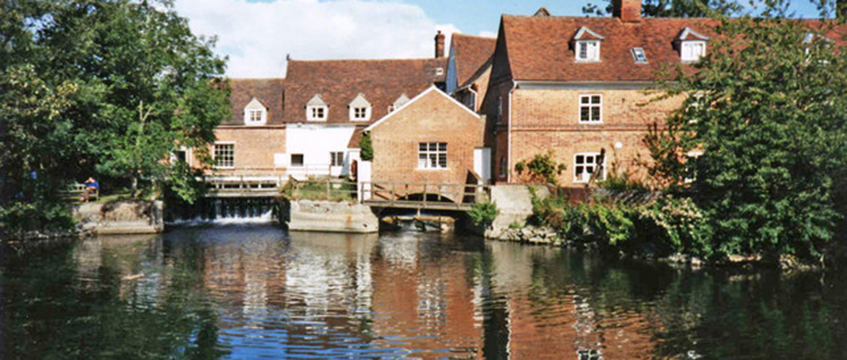The residents of a picturesque village in Suffolk lost their latest legal battle against their local planning authority today.
The case, East Bergholt Parish Council v Babergh District Council, spotlights the importance of localism in the planning system, pitting a motivated community and its parish council against its higher planning authority.
The parish council is challenging the district council’s decision to approve three planning applications in the village to build more than 200 homes.
At a hearing at the High Court in London in October, Action East Bergholt, a residents association supporting the challenge, said the permissions do not satisfy the requirements of the National Planning Policy Framework, and do not accord with the district council’s local plan and the parish council’s neighbourhood plan.
Its lawyer, Sasha Blackmore, argued that the decisions to grant planning permission should be quashed because the planning officer’s reports were “severely misleading” by not giving the committee members enough information for them to decide for themselves whether or not there was a five-year supply.
But in a ruling handed down today, High Court Judge Sir Ross Cranston disagreed.
“Time and time again the courts have emphasised that they will generally infer on the basis of ‘undue rigour’, ‘hypercritical scrutiny’ or ‘a legalistic analysis’ of officer’s reports,” he said. “This is on the basis that they are written for democratically elected councillors with local knowledge. Further, it will be generally assumed that when the councillors follow the advice in an officer’s report they do so for the reasons given there.
“The courts will only interfere when this is… a distinct and material defect in the officer’s advice as set out in the report.”
This challenge, he ruled, did not pass that threshold.
The parties are no strangers to the High Court. In 2016, the parish council won a judicial review against the district council’s permission for 10 homes in the village.
In that case, the judge agreed that the district council had not properly interpreted “local housing needs” in the context of the local plan. At the time, the parish council thought its victory would likely also block a far larger development of more than 140 homes, which was also being considered.









